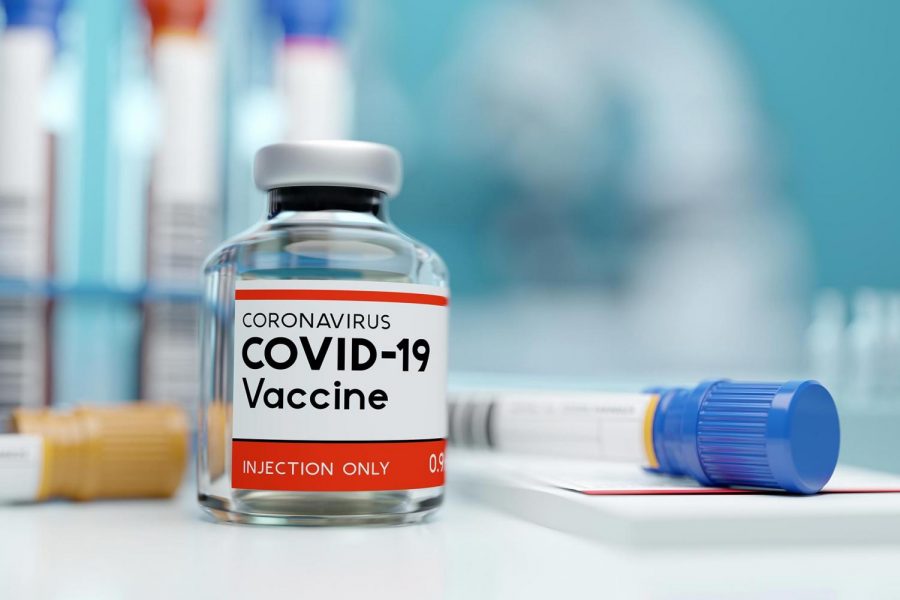Operation Warp Speed
COVID-19 vaccines still leave public perplexed
November 20, 2020
The novel coronavirus discovered in late 2019 that causes the illness COVID-19 became a pandemic around March 2020. It has been going around and spreading for over eight months with many countries experiencing a “second wave.”
The pandemic has affected school systems, economies, airports, businesses, events, and so much more. Some countries around the world announced that they were trying their best to come up with a vaccine for the contagious virus, but has the vaccine been rushed?
Recently, Pfizer announced that their vaccine was over 90% effective and ready for distribution. Other announcements about the Russian Sputnik V and Moderna vaccine followed soon after. Normally it takes years and years to develop and test a new vaccine. Because the clinical trials’ results were announced via press releases, the public remains somewhat skeptical.
The Department of Health and Human Services (HHS), however, is moving forward with Operation Warp Speed. The “goal is to produce and deliver 300 million doses of safe and effective vaccines with the initial doses available by January 2021.”
Personally, one can’t blame anyone for rushing the COVID-19 vaccine because the world has been impacted so much over the past few months. The thought of just staying home for a few more weeks or even months aggravates people. However, there should not be any rushing involved with the vaccine. It is not easy to even come up with a vaccine in the first place.
When the pandemic first erupted back in March, it was really difficult. Everybody was in quarantine for a couple of months, and it was not going very well. The virus kept spreading rapidly, the economy started to fail, and the online school system was not very well thought out.
The virus had everyone unprepared and panicked at the beginning. New habits had to be formed, proper precautions had to be taken, and so much more. Most people couldn’t go to work, which meant that they couldn’t get paid. Students could not learn as well during virtual school, which led to lack of motivation and carelessness. It affected so many people in so many ways, that most individuals were in a rush for the vaccine to come out so that life could go back to “normal.”
It doesn’t take a genius to realize that a vaccine takes time to develop, test and then distribute. In the meantime, people have to look at what they can do in order to keep safe and still have their lives somewhat “normal.” Masks have become mandatory in most public places; if a person refuses to wear a mask in a public place, then that person can be denied entry. Hand-washing has become more frequent because it greatly prevents the virus from spreading rapidly, and sometimes temperatures are taken before an individual enters a public place such as a gym or workplace. These safety measures are slowly becoming habits.
Only time will tell whether a COVID-19 vaccine was rushed or not and whether it will be successful. One thing that is certain, however, is this worldwide public health crisis shows no signs of ending anytime soon.








